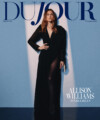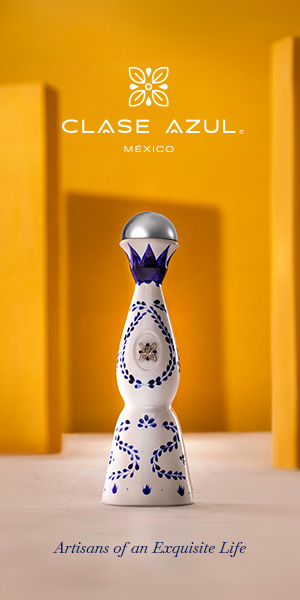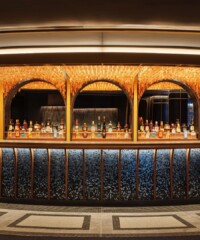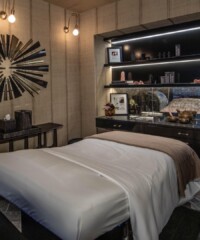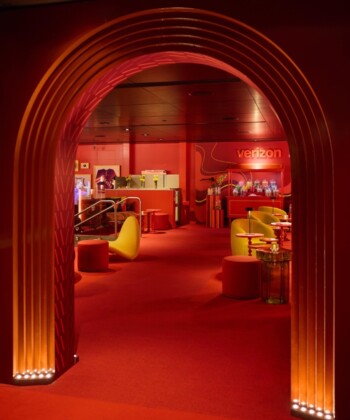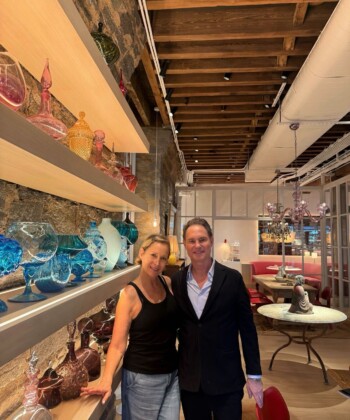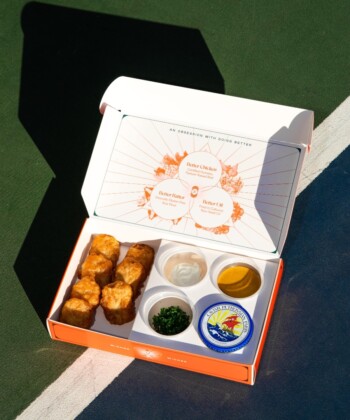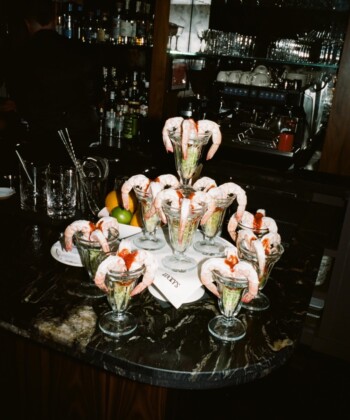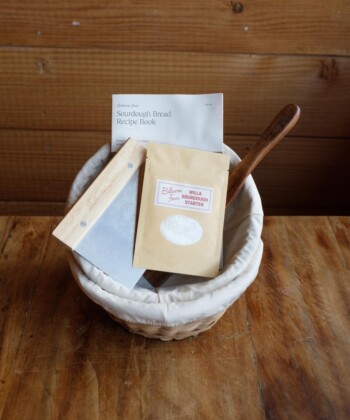David Edwards, professor of engineering at Harvard, is perched on a wavy green velvet banquette inside Café ArtScience, the experimental restaurant he co-owns in Cambridge, Massachusetts. Here, cocktails are garnished with flavored vapors, university classes are taught in a pod-like private dining room and the foie gras terrine just happens to be the city’s finest. In his hands, Edwards is cradling what resembles a plastic coconut the size of a tennis ball: an “edible” water bottle.

The dining room at Café ArtScience
“This bottle is room-temperature stable,” says Edwards, who opened the eatery last year as a place to showcase and test-run his developments in engineering, design and food, next door to his exhibition space, Le Laboratoire. “It’s actually been sitting on a shelf behind the bar for a few weeks.” The hard shell, made from a biodegradable corn-derived protein called zein, can be cracked open like a coconut shell, and inside, water is contained within a nutrient-infused gel-like “skin.” Right now it may look like a lumpy orb, but Edwards has far-reaching hopes that it may someday provide drought prone third-world nations with a steady, mobile water supply that doesn’t rely on plastic.
Called WikiWater, the product is one of the many projects in the pipeline for Edwards, whose signature course at Harvard is titled “How to Create Things & Have Them Matter.” After making his fortune in the late nineties by developing the technology to create inhalable insulin, he turned his attention to more creative pursuits, eventually landing on food as his primary focus. First came his line of inhalable products, including Le Whaf, a contraption that turns liquids into cloud-like vapors, and the AeroLife, which allows you to breathe in powdered vitamins and supplements through a ChapStick-size tube. Next was WikiFoods (which includes WikiWater), his umbrella term for a genre of edible packaging that’s somewhat similar to the spherification popularized in molecular gastronomy, but stronger, more complex and fortified with supplements. Those, now, are being developed in tandem with the oPhone, a cartridge-based iPhone accessory that allows users to tag photos with scent notes, then “text” those odors to someone else with the same device. (Imagine opening a picture of a garden and smelling flowers and freshly cut grass.)

The aromatic vaporizer, Le Whaf
It all sounds a bit heady and out-there—and it is. For Edwards, what the products are now is less important than what they have the potential to become. “Meeting two of the key problems facing the planet today—maintaining a sustainable environment and achieving equitable and effective healthcare—will mean eating differently,” he says. “As a creator, I find food the most empowering place to work today.”

Balls of pureed fruit and ice cream in edible packaging that can be rinsed like a piece of fruit.
For now, customers can try Edwards’ Incredible Perfectly Free, a selection of allergen-free, coconut-based frozen dessert balls that hit grocery stores this fall. In winter, they’ll be joined by Incredible Fruit, a line of shelf-stable orbs of fruit encased in a vitamin-fortified skin—imagine the flavor and nutritional profile of a pineapple compressed into the exact shape, size and texture of a grape. Also coming soon, in tandem with the oPhone, is the oCase, a device that enables you to add scents to a menu to entice diners into a meal (or, hypothetically, it could help sommeliers demonstrate the nose of a wine without having to open the bottle). And then there’s the oBook, geared towards kids. Launching with Goldilocks and the Three Bears: The Smelly Version, the oBook may be Edwards’ most remarkable achievement yet: masterminding the scratch-n-sniff of the digital generation.




















